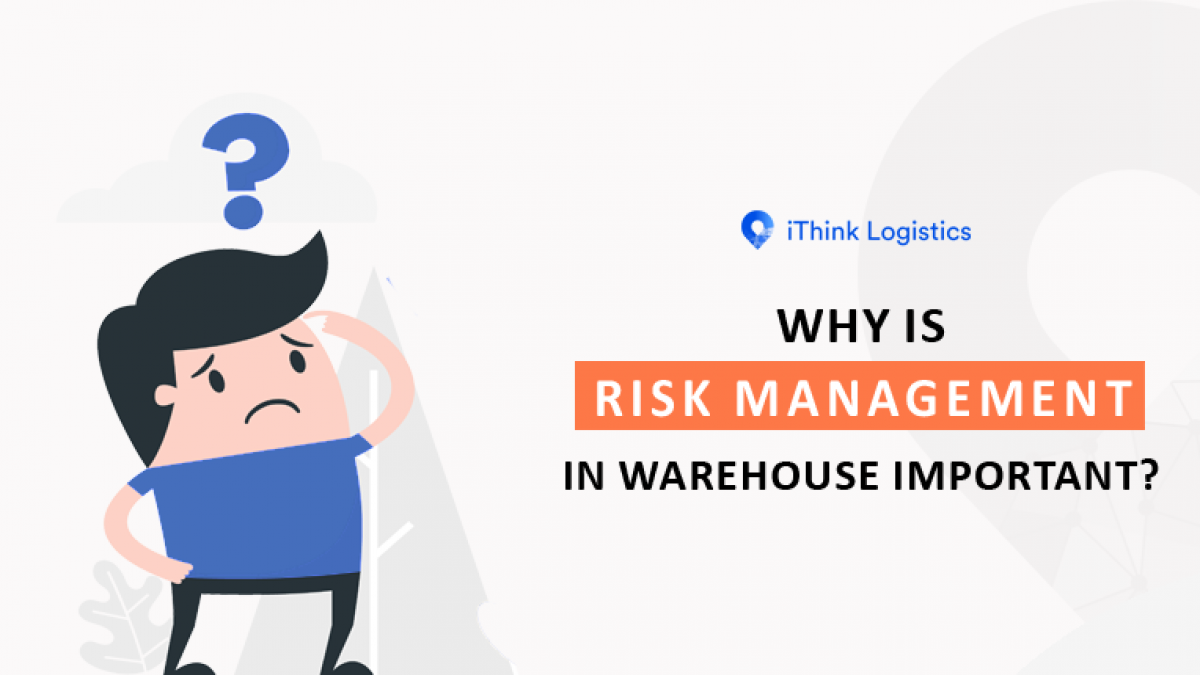Exploring the Increasing Importance of Risk Management in Business Strategy
Exploring the Increasing Importance of Risk Management in Business Strategy
Blog Article
The Value of Comprehending the Relevance of Risk Management in Different Industries

The Core Concept of Risk Management and Its Function
Risk Management, the foundation of many industries, rests on the recognition, evaluation, and reduction of unpredictabilities in a service setting. It is an essential method that permits companies to protect their assets, credibility, and overall survival. By properly recognizing prospective risks, businesses can establish techniques to either prevent these risks from happening or lessen their effect. The examination process involves examining the likelihood and potential intensity of these risks. Once risks have been recognized and examined, the reduction procedure involves developing strategies to decrease their prospective effect. This procedure is continuous and intermittent, making certain that businesses are planned for the ever-changing nature of Risk in different industries. The key function, hence, is to cultivate strength amidst unpredictabilities.
Benefits of Applying Risk Management in Organization Procedures

Introducing the Duty of Risk Management in Different Industries
While every sector faces its distinct set of threats, the application of Risk Management strategies continues to be a common in their pursuit of sustainability and growth. In the health care sector, Risk Management hop over to here involves ensuring patient safety and information protection, while in financing, it includes mitigating financial investment risks and ensuring governing compliance. Eventually, the role of Risk Management throughout industries is to determine, examine, and minimize threats.
Real-life Case Studies Showing Successful Risk Management
To understand the relevance of Risk Management in these numerous industries, one can look to several real-life circumstances that show the successful application of these actions. Toyota, publish the 2011 earthquake in Japan, modified its supply chain Management to reduce disruption risks. These situations demonstrate just how sectors, learning from situations, properly used Risk Management techniques to minimize future threats.
Future Fads and Advancements in Risk Management Strategies
As the world remains to advance, so too do the fads and advancements in Risk Management methods. Quick improvements in technology and information analytics are reshaping the Risk landscape. Huge data and AI are now critical in forecasting and alleviating threats. Organizations are leveraging these tools to develop anticipating models and make data-driven decisions. Cybersecurity, as soon as an outer issue, has actually catapulted to the forefront of Risk Management, with page techniques concentrating on avoidance, feedback, and detection. The assimilation of ESG (Environmental, Social, Governance) variables right into Risk Management is an additional growing trend, showing the raising recognition of the function that social and environmental dangers play in organization sustainability. Therefore, the future of Risk Management hinges on the fusion of sophisticated innovation, cutting-edge approaches, and an all natural strategy.
Final thought
In verdict, understanding the importance of Risk Management throughout a spectrum of industries is vital for their long life and prosperity. Inevitably, successful Risk Management adds to a lot more durable and lasting services, highlighting the relevance of this technique in today's vibrant and highly affordable business environment.
While every industry challenges its unique collection of risks, the implementation of Risk Management strategies stays a common in their quest of sustainability and development. In the healthcare sector, Risk Management entails making sure patient safety and security and data security, while in finance, it entails mitigating financial investment threats and ensuring regulatory conformity. Ultimately, the function of Risk Management throughout industries is to determine, assess, and reduce threats. These situations show how markets, learning from situations, properly used Risk Management techniques to reduce future risks.

Report this page